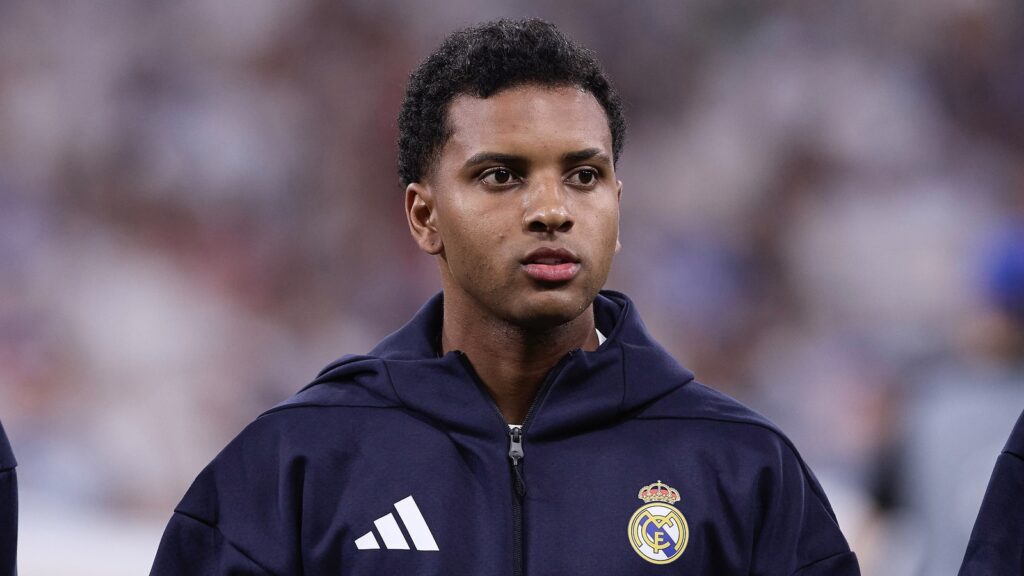Look at the world’s best footballers – you see techniques honed over many years of repetition in condensed, tighter formats. Small-sided games such as 5-a-side or 7-a-side are much more than just casual kickabouts. They play an essential role in developing technical acuity, spatial intelligence, and creativity. Young players bring these skills into the full 11-a-side game.
More Touches, More Confidence
Perhaps most valuable of all is the sheer amount of touches players experience with the ball. In an 11-a-side match – a lot of players go for extended periods without participation. In a 5-a-side game, each player is compelled to engage constantly. They are either receiving, passing, dribbling, or shooting.
This repetition breeds confidence. Young players not only become more confident with the ball at their feet. They also learn to be creative under pressure. A child who touches the ball 30 times in an 11-a-side game may touch it 80–100 times in a smaller game. That difference speeds up development.
Learning to Think in Tight Spaces
Another major advantage is spatial awareness. Sides are smaller, which narrows the pitch, and players have to work in congested spaces. The passing lanes become narrower, possession lasts for a few seconds and errors are paid with a loss .
Thus, players form swift decision-making habits. They learn to scan more, read runs, and select sharper movements. Hence, many technically good footballers link small-sided structures with their vision. The range of players includes Spain’s Xavi and Iniesta, and Ronaldinho, who first learned his craft in Brazil’s courts.
Creativity Through Constraint
The very small size of the court is said to discourage creativity – when in fact it metabolizes it. Less time and less space mean more experimenting. Players improvise tricks, fakes, and intelligent passes to circumvent pressure. Flicks, one-twos, and quick bursts of acceleration become essential, not just showy.
Goals on small-sized courts argue for the offensive mentality. Players shoot more, probe angles, and master beating goalkeepers from close distance. These numerous attacking scenarios hone finishing mentality that converts to the full game.
Why Coaches Adopt Small-Sided Structures
Throughout the world, academies have adopted small-sided games as foundation of youth development. UEFA has promoted 5-a-side and 7-a-side formats for under-12s for years. They gradually introduce them to 9-a-side and then to 11-a-side. The reasoning is simple; players master basics suited to their dimensions and development.
Small-sided teams are easier to identify individual strengths and weaknesses. They challenge shy players to take the ball on or penalize dominant players. The framework leans well into technical development, adapted in the playing field.
Coaching Strategies for Maximum Benefit
Some rules and challenges are imposed by coaches so that the games can go to their full potential:
- Touch restriction: Any player is allowed only two or three touches, so being quick to think and pass is vital.
- Neutral players: Introducing a “floater” who supports the team in possession. It encourages combination play.
- Mini-tournaments: Changing teams for rapid matches sustains high keenness and enables equal participation.
- Theme sessions: Could be wide play, finishing, or defensive solidity in smaller groups. These usually make learning a particular skill phenomenal and relevant to that player.
Settings posed with realistic challenges mimic actual football pressures, aiding to development.
Creating Better Decision Makers
At the very core, football is a specialization in decisions. Pass or dribble? Move out of space or stay where they are? Small-sided games present young players with hundreds of these micro-decisions per session. They improve at processing, reviewing options, and selecting the optimal move under stress.
Mental training is equally vital as physical and technical progress. A player whose awareness sharpened in confined 5-a-side matches, will be able to navigate the bigger 11-a-side field comfortably later in their career.
From Playground to Professional
For most of those who made it to the top, the road started in cages, futsal pitches, or makeshift street games. Neymar, Messi, and many others emphasize how miniature formats forged their football DNA. They gained resilience from getting repeatedly tackled and vision by seeing minimal openings. They also gained flair from attempting to outmaneuver players in small spaces.
It’s for this reason that academies do not overlook these styles as mere activities. They believe that they are the platform for creating whole players. Ones who can perform under pressure, adapt to tactics and thrill supporters with their vision.
The Game Within the Game
Small-sided football is not just a training aid – it’s a development machine. Optimizing touches, reducing time and space, speeds the development of young players. With clever coaching, you don’t just produce technical players, but intelligent, flexible ones.
For every future star, the path to the big stage is frequently one first traveled on the small pitch.
